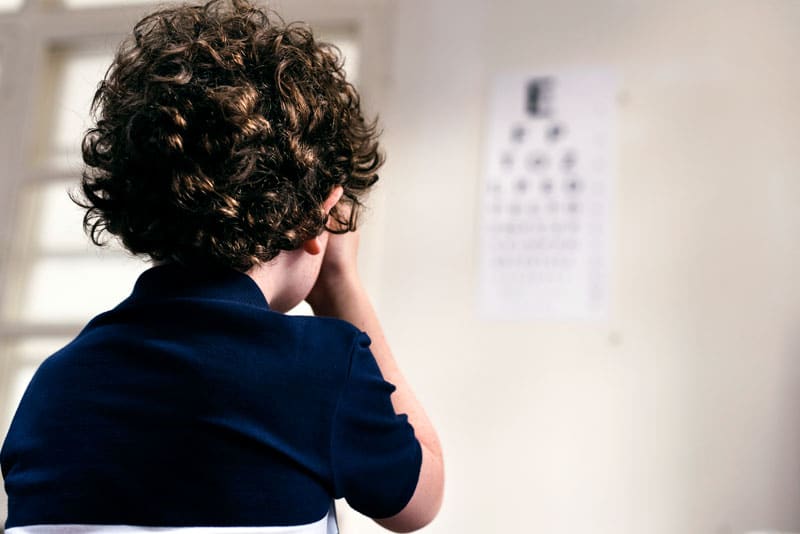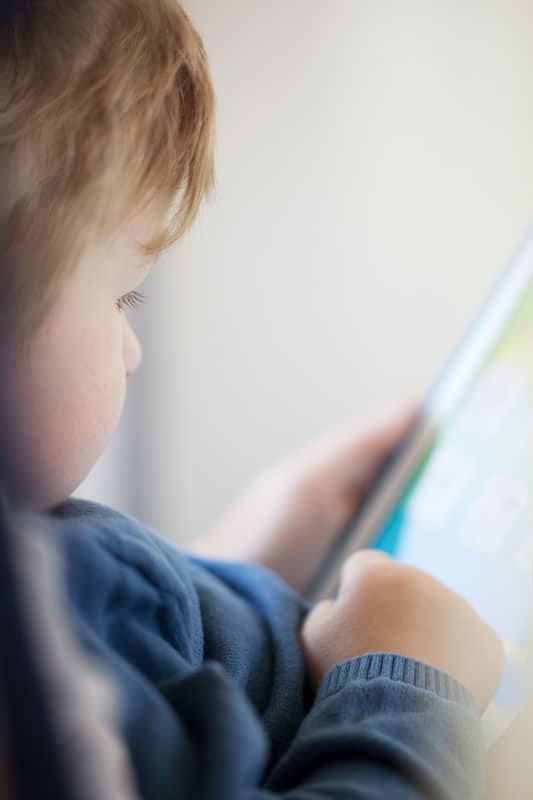Visual Hygiene
Genetics play a large role in the development of short-sightedness, but it is also influenced by near work activity and the amount of time your child spends outdoors.
Vision is responsible for 80% of learning, so good vision is essential for succeeding in school!
If you have recently experienced a sudden increase in size or number of floaters or flashing lights,
please book an appointment as soon as possible.


1. Spend more time outdoors
Studies show that spending just 90-120 minutes a day in the sun can prevent myopia in children, reduce signs of attention problems and irritability, and improve learning. Shopping centres do not count!
- Try to aim for a 1:1 ratio of gadget use and outdoor play.
- E.g. 1 hour on the iPad = 1 hour outdoors e.g. family picnic, ball games, swimming
2. Take regular breaks
Take regular breaks and alternate near tasks with something that requires distance vision. Near tasks include homework, computer use or reading; distance tasks include showering, eating, getting a glass of water, or chatting with a family member.
Every 30 minutes of near tasks, take a 10 minute break to do a distance task.
3. Good lighting
The room should be well-lit to not cause strain on your eyes. If using a computer, the computer screen should NOT be brighter than the environment.
4. Good working distance
- Reading: 35cm away, should be tilted back 20°. Or elbow to first knuckle.
- Computer: 50cm away
- TV: >3 metres away
“Follow the general rule: the larger the screen, the better for your eyes.”

5. Good Posture
- Avoid leaning or reading lying down. This produces uneven strain on eyes.
- Place reading material directly in front, not off to the side; especially for computers.
- Make sure both feet touch the floor. If your child’s feet can’t reach the floor, have them sit in a smaller chair or place a box beneath their feet.
6. Avoid movement
Avoid reading in the car as the constant movement requires greater concentration and may cause eye spasms.
7. Dedicated reading glasses
Have a dedicated pair of reading glasses even if your child has good vision. They will help to focus your child’s eyes while they are still growing and maturing, as children’s eyes were not meant for precise, close-up work so early on in life.
If they have a prescription, the glasses have a slightly weaker prescription so your child’s eyes are not subject to excessive strain.
Contact us to create a customised pair of glasses!
8. Delay Electronic Devices
Delay the use of electronic devices as long as possible, preferably after 3 years old.
9. Warm towel compressions/eye drops after reading
- Hold a warm towel to your child’s eye for 1-2 minutes after reading.
- Single-use eye drops are available in store